Este mês, o público pode ver o filme de Christopher Carpenter, Bada Aadmi (Grande homem), no canal do YouTube da Planet Classroom Network.
In the World Happiness Report 2017, India ranked 122 out of the 155 countries evaluated. Em resposta, the Happiness Curriculum was launched in Delhi government schools in July 2018. The Curriculum consists of four distinct components that work in harmony to instill within young people, their parents and families, and their teachers a set of life skills that can help them overcome adversity and thrive in a rapidly changing world. These components are mindfulness, activities, histórias, and opportunities for self-expression.
Christopher Carpenter’s films showcase this Curriculum. Each chapter tells the story of one young person and their community undergoing positive change as a result of whichever part of the Curriculum encouraged that change. Em Bada Aadmi (Grande homem), Anshu, a young girl in the government school system in New Delhi, undergoes a transformation after listening to and internalizing one of the stories of the Happiness Curriculum.
A Pesquisa Global para a Educação is pleased to welcome back Director Christopher Carpenter.
Chris, what inspired you to share this particular story from the Happiness Curriculum?
When deciding which stories to pursue as part of the larger Happiness Diaries documentary series, we knew it was important to get out of the classrooms as often as we could and document life inside the homes and community spaces of the young people who were engaging with the Happiness Curriculum. Because Anshu shared that she had taken lessons from the Happiness Class directly into her home life and manifested them in physical tokens of appreciation – the notes of gratitude taped to the wall and the meal she prepared for her mother – we realized we could tell the story through the visual imagery as much as through the spoken words of Anshu and her family and teachers. It was a story that was compelling and appropriate for the medium of film.
Bada Aadmi is just one of the chapters in the Happiness Curriculum series. It helped young students realize the importance of sharing kindness with everyone. What other skills do you believe the story focused on?
The film touches on a few themes that are in-line with the messaging of the Curriculum. In addition to its simple message of the power of kindness, the film reflects an effort to dissociate societal definitions of success from consumptive wealth – in the film, Anshu tells the story of when she coveted a new bag for the sake of having something new and asked her mom to purchase it for her, rather than enjoying the bag she already owned. You have to remember that the Happiness Curriculum – and by extension, these films – were made against the backdrop of a generation of young people experiencing an unprecedented level of dissatisfaction and unhappiness, some of which stemming from access to social media and global consumer culture. The Curriculum – and thus the film – try to address these perceptions and shift value inward, toward the emotional wealth of wellbeing.
Why do you feel it is important to capture the importance of kindness given to parents?
When examining the stories of young people experiencing adversity, I find the contributions made by parents are often ignored or neglected in the storytelling. I think a lot of this has to do with perceptions and stereotypes of adversity in the Global South being reinforced in the Global North – without the presence of parent or community figures, these stories of adversity might achieve a higher level of sympathy from viewers, and therefore a higher rate of actionability. Como resultado, it was important for us to contribute to ongoing conversations the notion that entire families, complete with two parents, can and do experience hardship and adversity. It’s important to acknowledge and appreciate the work being done by parents, especially if that work is ensuring their children don’t go hungry, or are able to have school books for the year. Showing kindness to parents cements the notion that all parenting is valuable, no matter the result – de fato, parenting in the face of adversity is all the more laudable.
Do you think there is hope for more empathetic generations to emerge inspired by programming like this? What do you hope audiences will take away most of all from this film?
I absolutely think the generation coming of age today will be the most empathetic and inclusive in history. We already see this in a few key metrics – por exemplo, more young people today identify openly as LGBTQ than any generation before. This generation will experience the most diversity in their lives as globalizing communities interconnect and access to information and experiences increases. Especially with the ongoing COVID-19 pandemic and the various points of activism occurring in many places around the world, the stringent lines of society are starting to blur – due to the hardships of the pandemic, families once separated generationally are moving back in together and gender roles are being challenged, and through an unprecedented access to information racism, sexism, classism, and other issues generate awareness and activism. These are sweeping trends; what I hope audiences take away from this film is to never lose focus on the smallest of moments, the smallest of tokens of gratitude that, when taken across a lifetime and across a generation become a trend or statistic, but when taken individually, can simply be what makes someone’s day a little better.
CM. Rubin and Christopher Carpenter
Don’t Miss Christopher Carpenter’s film, Bada Aadmi (Grande homem), no canal do YouTube da Planet Classroom Network.

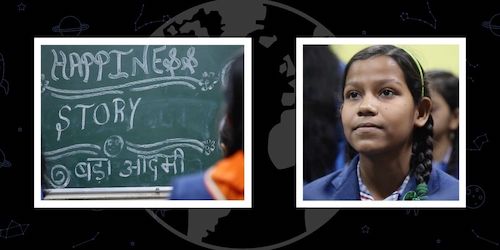
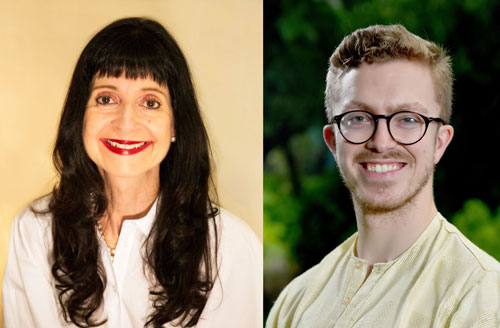
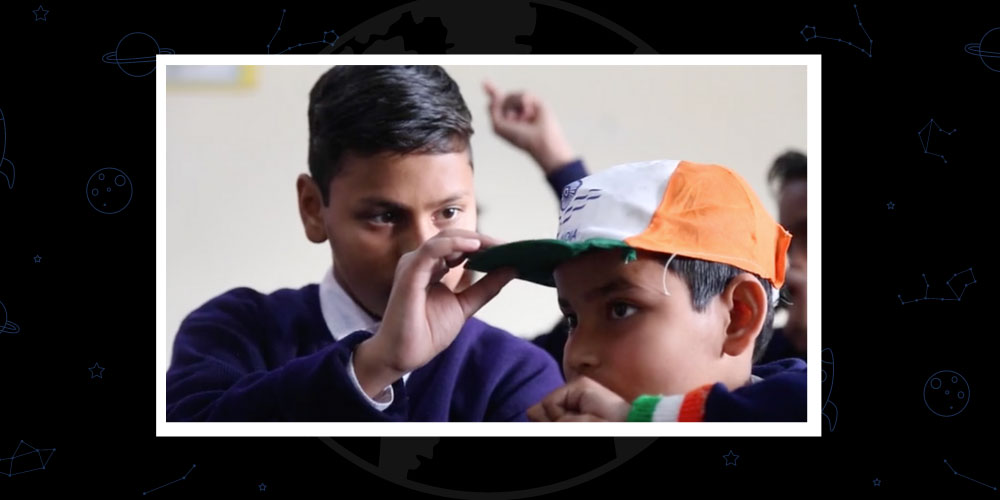

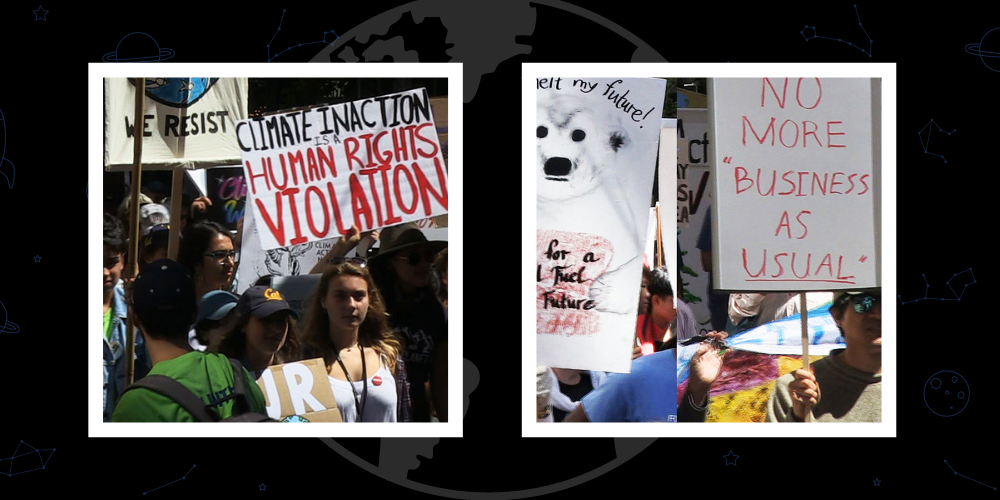
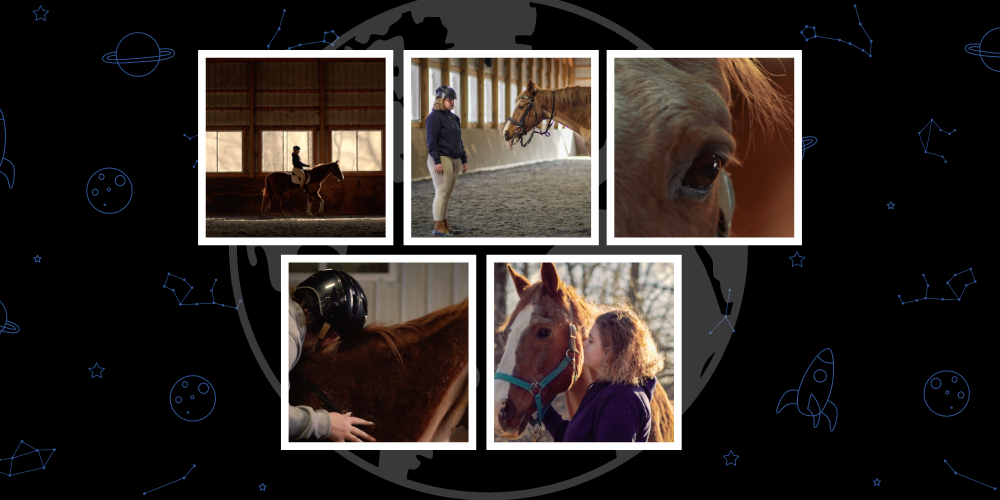
Comentários Recentes